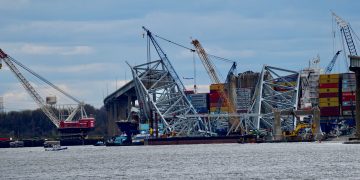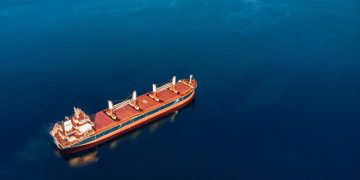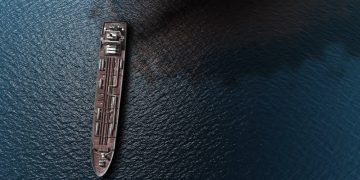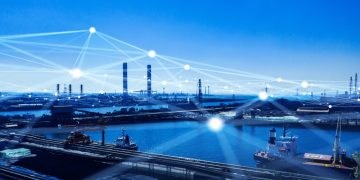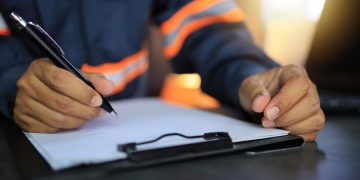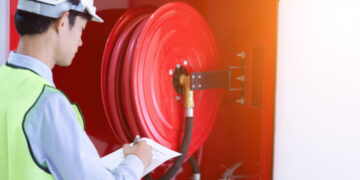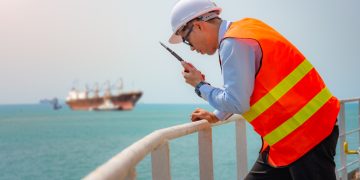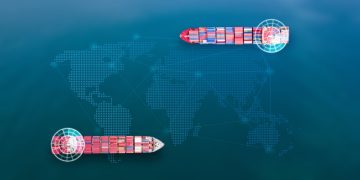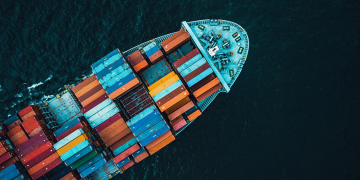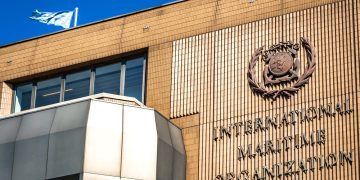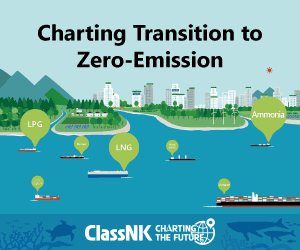USCG: Fixed Water- Based Local Application Fire- Fighting Systems
Bulletin addresses the intentional securing of fixed water-based fire fighting systems onboard USCG has issued Marine Safety Information Bulletin No 41. to address the international securing of fixed water- based fire fighting systems onboard certain vessels.Machinery spaces onboard vessels are particularly high risk areas for fires. Locations such as main and auxiliary engine tops, fuel oil purifiers, burners and incinerator burners are major areas of concern. Fires in these areas can spread very quiclky, causing serious damage placing vessels, their crews and the ports they visit at risk. To protect against this fire risk, Category A machinery spaces containing oil-fired boilers or oil fuel units must be fitted with a fixed fire-extinguishing sustem (SOLAS II-2/10.5.1.1). In addition, Category A machinery spaces above 500m3 in volume must have an approved type of fixed water-based or equivalent local application fire-extinguishing system (SOLAS II-2/10.5.6.1). This fixed water-based local application fire-fightinh system is intended to protect the crew and affected machinery quiclky, and without the necessity of engine shutdown, personnel evacuation, or sealing the space.Where the Category A machinery space protected by the local application fire-extinguishing system is periodically unattended, the system must be provided with both automatic and manual release capability.During recent port ...
Read more




